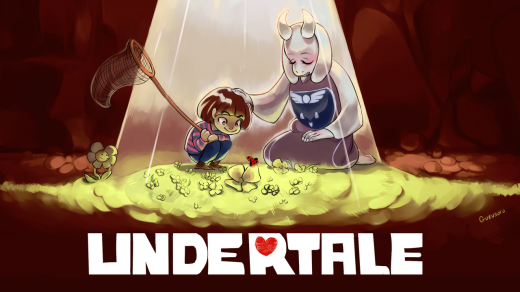Hyper-connectivity.
I read this word in an article online somewhere. Wikipedia says it was coined by Canadian social scientists and it essentially means the connectivity that multiple means of communication bring (email, SMS, calling, face to face, messaging apps). My last think piece dissects what it means for us to be so connected to each other at all times, through various communication channels.
In today’s digital age, our lives are increasingly intertwined with the online world, we are accessible 24/7. We can connect with friends, family, and strangers from all over the globe with few simple clicks. While this connectivity has brought numerous benefits, such as staying in touch with loved ones and accessing an abundance of information, there are also downsides to being “exposed” to seeing so many people online. The harm that comes with this hyper-connectivity includes mental health issues, distortion of self image, and a potential destruction of genuine relationships.
Social Comparison
One of the most significant harms that can arise from seeing so many people online is the tendency to engage in social comparison. Social media platforms often showcase curated versions of people’s lives, where only the best moments are highlighted. Constant exposure to these highlights can lead to feelings of inadequacy, envy, and lower self-esteem. Scrolling Instagram and seeing other’s on vacation, getting promoted or just simply doing something we would also rather be doing instead of scrolling, often creates an illusion that everyone else is living a more fulfilling and more exciting life.
Paradoxically, despite the large amount of people online, from time to time everyone might experience feelings of isolation and loneliness. Say, a person has 1000 connections on Instagram, how many of those would be considered genuine relationships? Of course, I cannot generalise as, in my personal experience as well, I have developed some friendships through the help of online environment and it would not have been possible any other way.
Paradox of choice
I think what inspired me to write this piece were the multiple posts and presentations on dating in the digital world. For my first post I wrote a think-piece on doomscrolling and mentioned how harmful it can be to mindlessly scroll and constantly look for the next best thing. These two concepts interlinked and I suddenly wondered what does doomscrolling and hyperconnectivity do for our understanding on creation of relationships?
Paradox of choice, as introduced by American psychologist Barry Schwarz in his book with the same title, explains a paradox where having too many options makes us actually miserable. Following that, if we apply it to the dating realm, we can notice that the dating pool, no matter the criteria we select, more often than not will offer us a large variety of options. Too many to choose from, always hoping for something better. The hyper-connectivity in this environment introduces new challenges to our relationship-building. The seemingly natural nature of swiping endlessly through profiles on dating apps not only fuels the paradox of choice but also promotes a culture of disposability. It promotes the idea that everything and everyone is replaceable. Additionally, constant longing for something better is damaging for building trust and practicing sincerity.
While the digital age provides us with opportunities for connection and easy information access, while it opens up new possibilities for different career paths, accessibility and many other rewards, it simultaneously exposes us to challenges and drawbacks we have yet not learned to face. As we have to reflect on the consequences of hyper-connectivity, it becomes important to find a balance to maintain our authenticity and morals for the creation of meaningful relationships.
https://www.psychologytoday.com/intl/blog/valley-girl-brain/201802/why-dating-is-such-challenge



Recent Comments